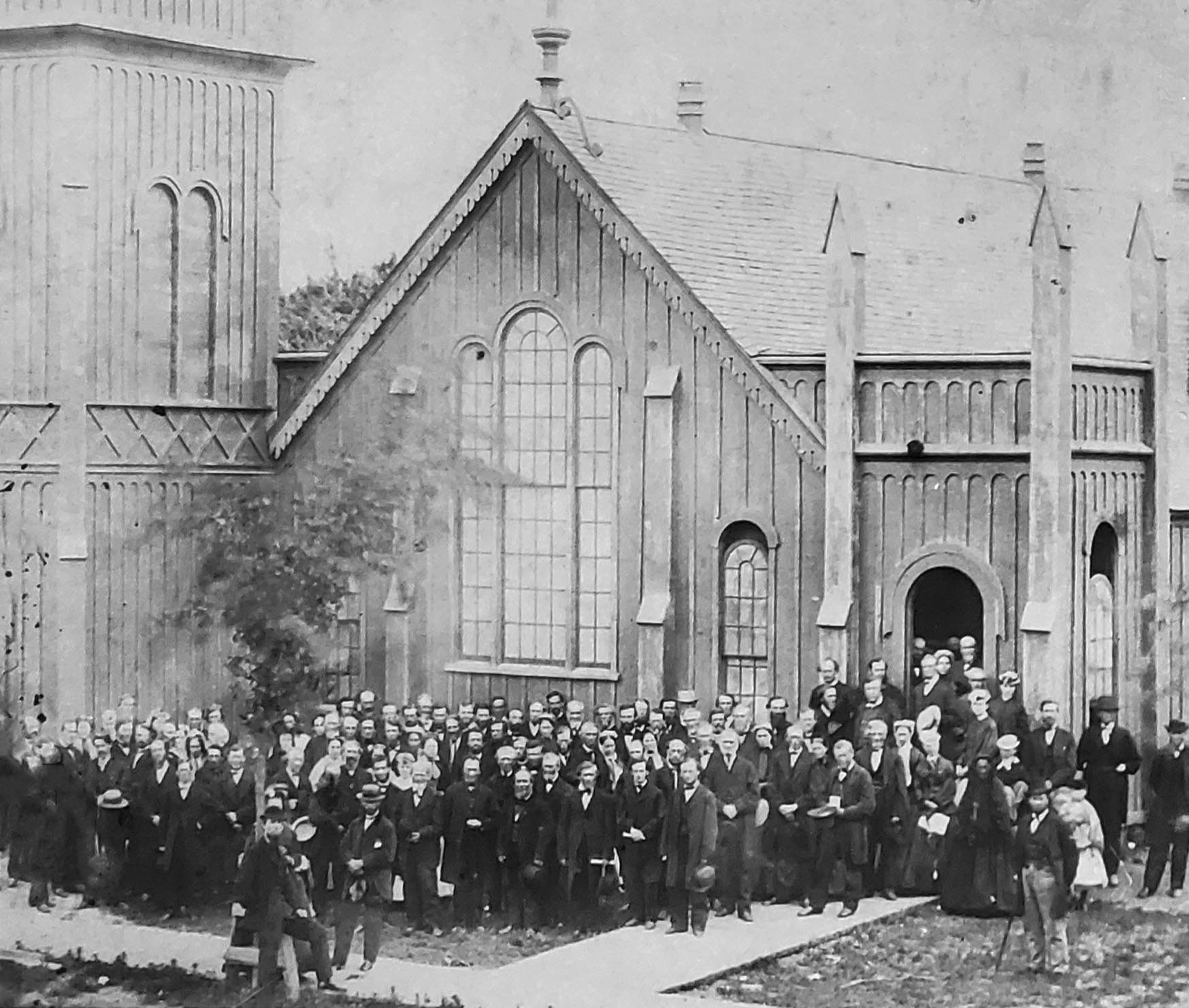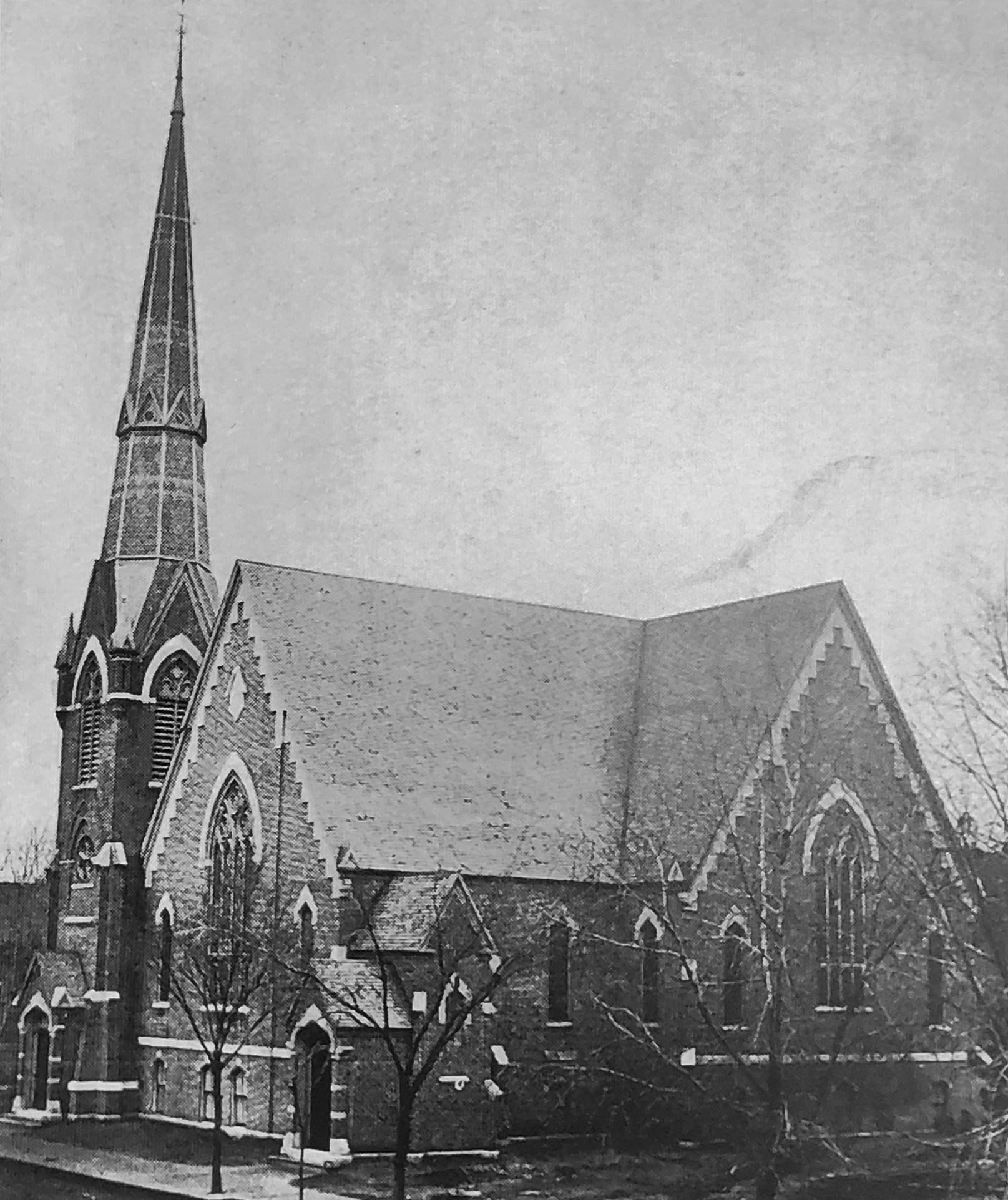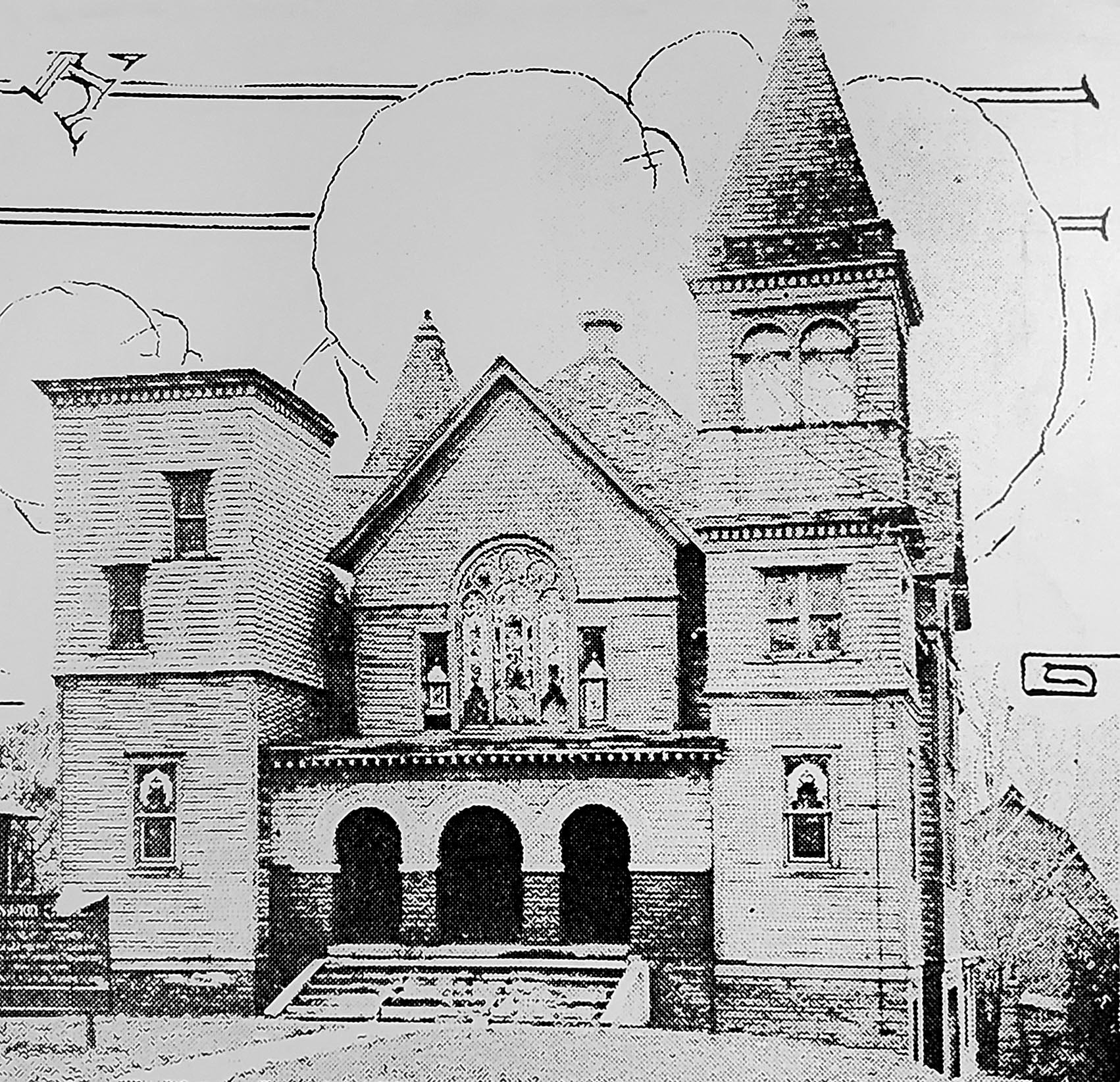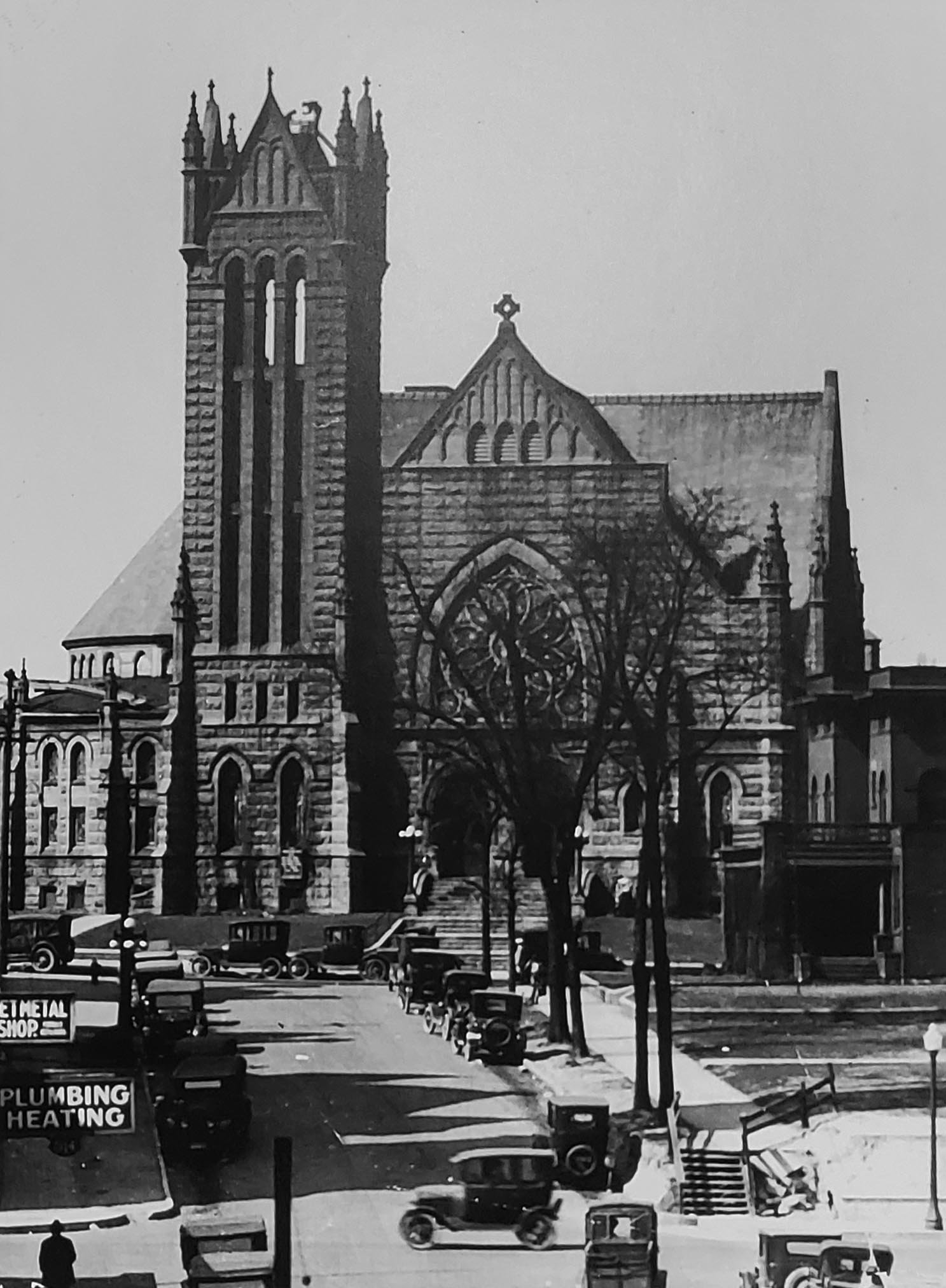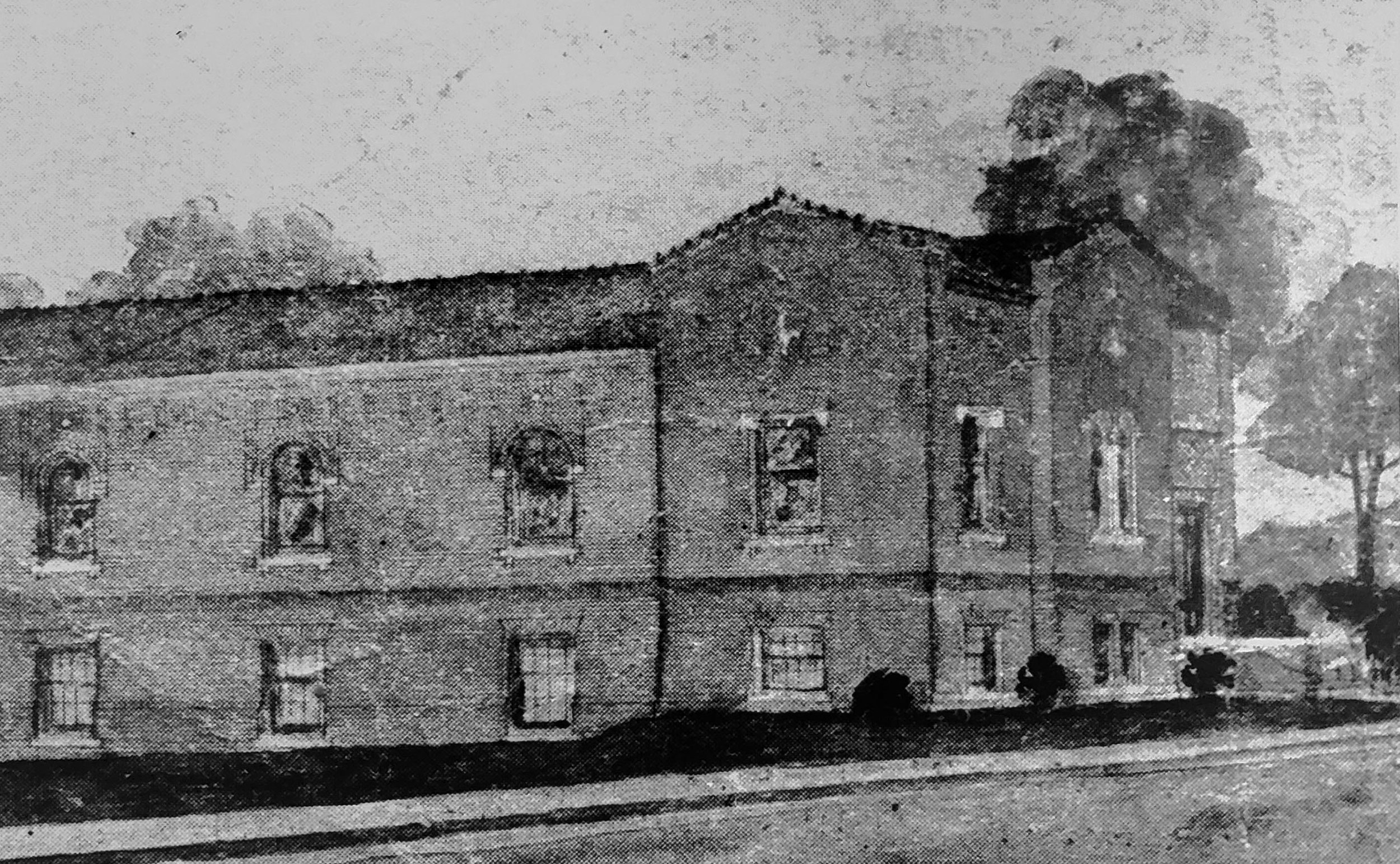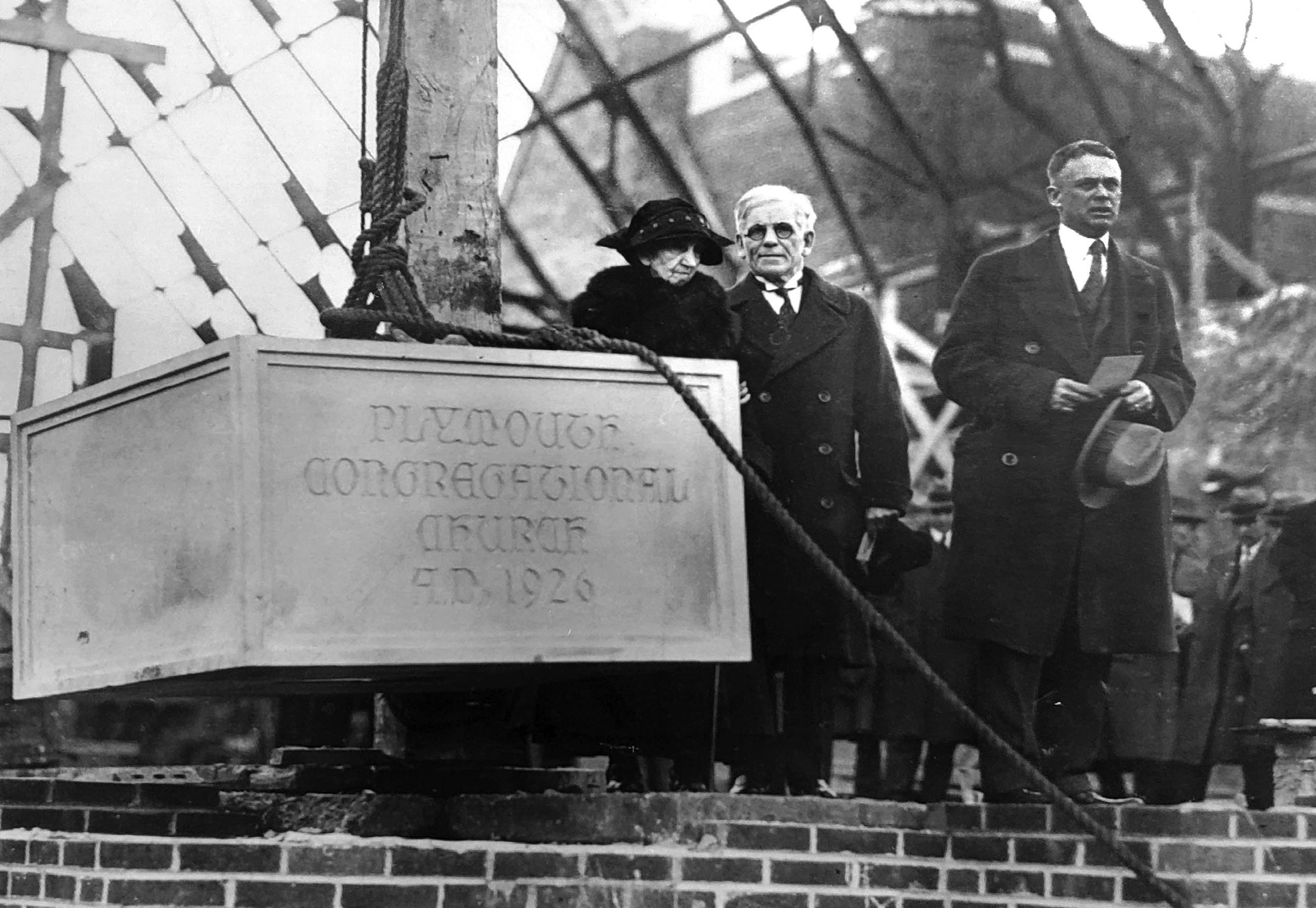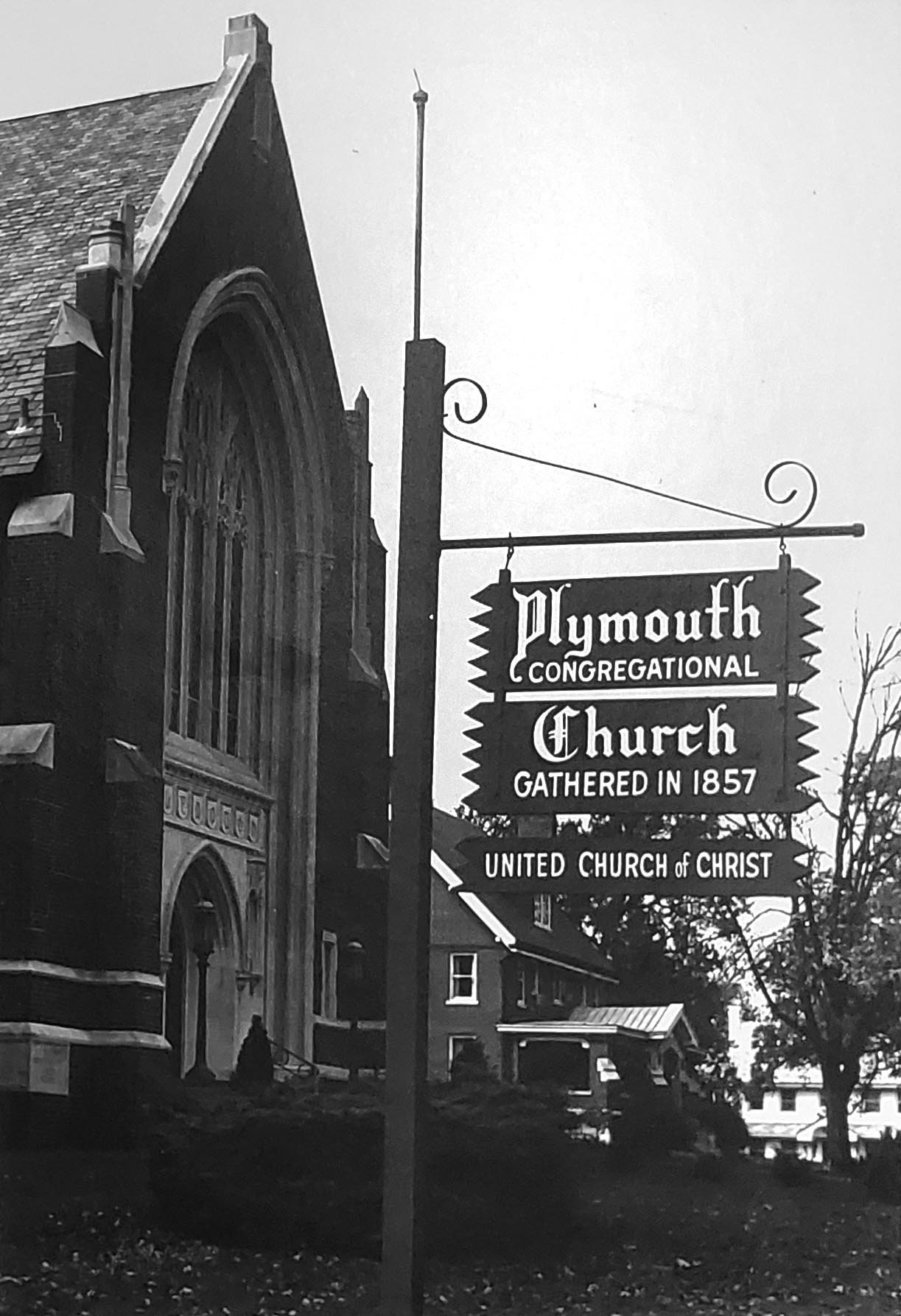
History of Plymouth Church
We agree to differ. We resolve to love. We unite to serve.
Plymouth Congregational Church first gathered in 1857, the same year that Des Moines was named the state capital. Throughout our history, the people of Plymouth have appreciated progressive theology and embraced freedom, education, social justice, community involvement, and congregational autonomy in support of our purpose—to increase the love of God and neighbor.
More than two centuries before Plymouth was founded, our Pilgrim forebears came to the New World. Their pastor, John Robinson, sent them off saying God “has yet more light and truth to break forth.” Because we continue to believe that God is still speaking, we seek to listen and respond in faith.
Our denominational ancestors gave leadership to the American Revolution, freedom of the press, excellence in higher education (Harvard, Yale and Grinnell are among the colleges they founded), the abolitionist movement (Plymouth served as a station on the Underground Railroad), women’s suffrage, the civil rights movement, the Open and Affirming movement, and the ordination of women, people of color, and members of the LGBTQ community.
Since 1857, Plymouth itself has been blessed with outstanding pastoral and lay leadership. Many pastors and congregation members have been prominently involved in local, state and national concerns, focusing their efforts on creating a more compassionate, generous, peaceful, responsible and loving world. Stoddard Lane, our senior minister from 1929 until 1943 encouraged the congregation with the motto: “We agree to differ. We resolve to love. We unite to serve.”
Several sites in Des Moines have been home to Plymouth. The first congregation met in community spaces until a church building on Court Avenue was completed in 1858. Six years later, the building was moved to a lot on Locust Street, remodeled and enlarged. With increasing numbers, the members built a new structure at 7th and Locust Streets, and they sent three groups out to form three new congregations—Pilgrim, North Park and Greenwood. Plymouth’s third building downtown at 8th and Pleasant Streets was dedicated in 1902 and ultimately condemned to make room for a new city street in 1926. At that time, a fundraising campaign began for our red-brick building on the current campus at 42nd and Ingersoll. In the ‘20s, this location was on the outskirts of town. The cornerstone for the church we now call home was laid in the midst of the Great Depression. The building was expanded in 1978 and again in 2003, all to accommodate and encourage growth in our beloved community.

